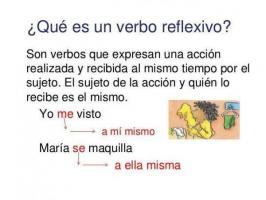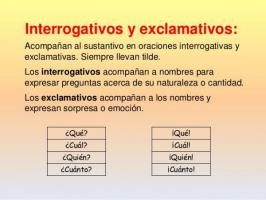Difference between denotation and connotation
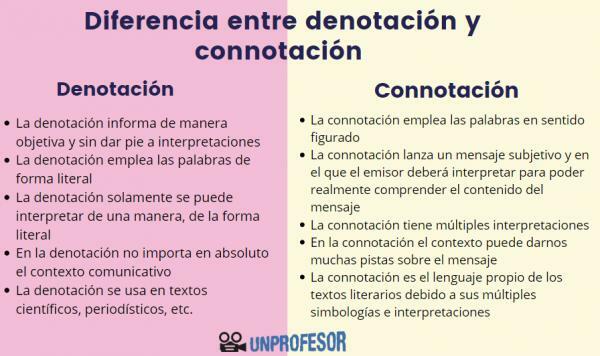
Within semantics, there are important differences between denotation and connotation, that is, between what we say and what we want to say. It is important to know the difference between denotation and connotation in order to better understand the different resources that our language has. Denotation is objective, it describes reality as it is; the connotation is subjective and the speaker offers us a personalized view of the world.
In this lesson from a PROFESSOR we are going to discover what each term consists of and we will offer you the most outstanding differences. In addition, you will see a video from our teacher and download exercises with solutions to test your knowledge. We started!
Index
- Introduction to connotation and denotation
- What is denotation: definition
- What is connotation: definition
- Main differences between denotation and connotation
Introduction to connotation and denotation.
In a word we can find two kinds of meanings different:
- Denotation: it is the objective meaning of a word that designates a reality in which all the speakers of a community agree as we find it in the dictionary.
- Connotation: They are the subjective meanings, whether positive or negative, added by people or social groups added to the denotative and that can vary according to the speaker or the cultures. Dictionaries and encyclopedias hardly capture these meanings.
Thus, and in other words, the meaning "denotative" It is the one that is accepted by all speakers, the most standardized meaning and that appears in the meaning to "denote" something that is part of our reality.
On the other hand the connotative meaning It is the one that gives the language another aspect outside of tangible reality; These meanings are often used in literary or poetic compositions as they seek a suggestion of emotions or images that are related to a word.
For example, the word "sunset" has a specific denotation, that is, the time of day when the Sun sets to make way for night; this is sunset. But, in the connotative field, the "sunset" can have other associated meanings such as, for example, romanticism, melancholy, sadness, and so on.
Source
What is denotation: definition.
The denotative and connotative language presents great differences, so it is important to understand what each term refers to and to be able to better understand this lesson.
When we speak of denotation we are referring to a word that we use to describe reality objectively. For example, if we use the term "turtle" it is because we will be talking about this animal in a concrete way. In this type of semantic resource, the listener will not have to interpret the message or go to the symbologies: it is perfectly understood without the need to add anything else.
This language is used to refer a data to a fact directly: it denotes it, that is, it mentions it, it names it. Here we have the meaningit is the most important part of the denotation because, with it, the information of the message is already being offered.
Denotation is used to inform about a fact or event that does not admit any interpretation other than the literal one.
Denotation example: "It is a turtle" -> The issuer is indicating that "that" to which it refers is a turtle, the animal.

Image: Slideshare
What is the connotation: definition.
On the other hand we have the connotation, a type of semantic resource that is used in a very different way from the previous one. In this case, the connotative language is the one that a speaker uses in a symbolic or figurative: therefore, it does not describe reality objectively but subjective.
In this case, the speaker does not transmit information Rather, what he is doing by using this type of language is transmitting to us his ideas, his feelings, his emotions, etc. It is widely used in everyday life, but it is also the most characteristic language of the literary texts.
The connotation is possible because our language has a great variety of ambiguous and suggestive possibilities. The listener, in this case, must interpret the message of the sender to really understand what he means, that is, the message of the communicative situation.
Example of connotation: "Is a turtle." -> In this case, it may be indicating that a person is very slow and, therefore, uses the word "turtle" as a metaphor for slowness.
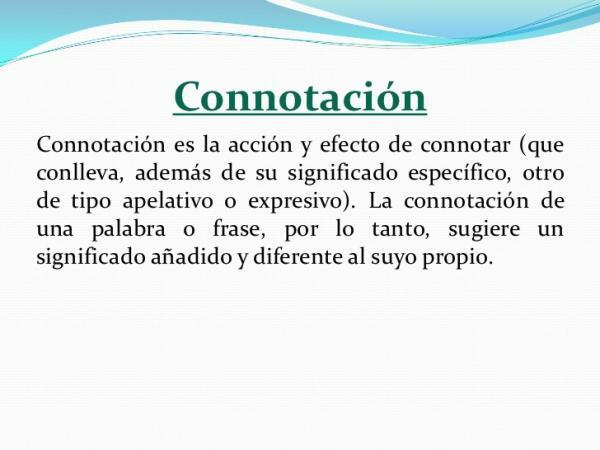
Main differences between denotation and connotation.
We went in to see the difference between denotation and connotation to end this lesson more clearly. We have already seen the definitions of the two terms but, now, we are going to offer you a summary list with the points that most differentiate each of the expressions:
- Denotation informs objectively and without giving room for interpretations; the connotation, on the other hand, launches a subjective message and in which the sender must interpret in order to really understand the content of the message.
- Denotation uses the words literally; the connotation uses the words figuratively.
- Another difference between denotation and connotation is that denotation can only be interpreted in one way, literally; the connotation, however, has multiple interpretations.
- In the case of denotation, the communicative context in which we find ourselves does not matter at all; this does not happen in the connotation since the context can give us many clues about the message that is being enunciated.
- The denotation is used in scientific, journalistic texts, etc.; instead, the connotation is the language of literary texts due to its multiple symbols and interpretations.
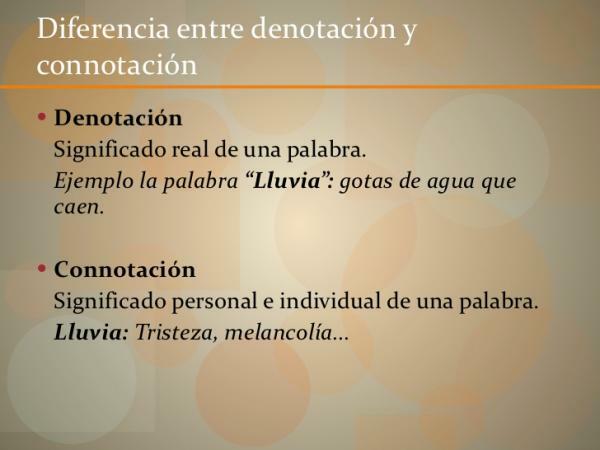
If you want to read more articles similar to Difference between denotation and connotation, we recommend that you enter our category of Grammar and Linguistics.

